Studio Egret West’s Chiswick Curve ‘would have harmed views captured by painters like Turner’
Historic England has saluted housing secretary James Brokenshire’s decision to refuse planning permission for a 32-storey Studio Egret West tower development in west London.
The proposals, dubbed the Chiswick Curve, would have delivered 327 new homes alongside new office space and shops. But the government heritage advisor said the proposals would have been an “alien” intrusion on the west London skyline.
Brokenshire’s decision on the scheme flew in the face of advice from a planning inspector to approve the proposals – originally rejected by Hounslow council in 2017.
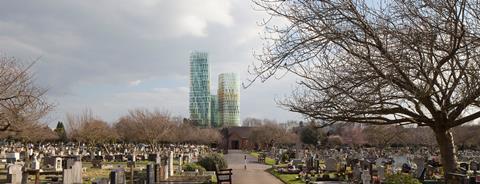
Inspector Paul Griffiths had praised the “quality and sensitivity” of Studio Egret West’s vision, drawn up for Galliard Homes subsidiary Starbones, and said it should be approved as a “badge to our commitment to the best of the new”.
Brokenshire disagreed, arguing that the design of the proposals could only be considered “broadly neutral in the planning balance” while the staggered-height building would have a damaging impact on the Kew Gardens World Heritage Site and nearby conservation areas as well as the grade II*-listed Gunnersbury Park.
Historic England regional director Emily Gee said the proposals were out of scale with the local area and would have been “clearly visible” from some of west London’s most important historic spaces.
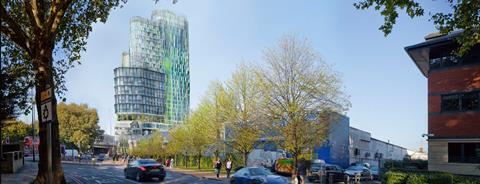
“We are pleased that plans for the Chiswick Curve have been rejected,” she said.
“This building would have had a serious impact on areas in west London whose historic character has remained largely untouched for centuries.
“The very tall building would have loomed into views and dominated precious historic places such as Kew World Heritage Site.

“Some views, such as of Kew Green and Strand on the Green conservation areas, were captured by painters like Turner, and would have been harmed by a building that was alien to the historic, architectural and cultural interest of these special places that are so important to London.”
A decision letter sent on behalf of the secretary of state said that while the scheme – earmarked for 0.28ha site next to Chiswick roundabout – responded to a number of specific challenges and constraints in a “positive way”, it was not good enough to mitigate the harm it caused.
“[The secretary of state] does not find the proposal to be of such high quality as to be a brilliant response to its immediate context,” the letter said.
“He finds the scale and massing of the proposal to be such that the proposal does not relate to its immediate surrounding. While he recognises that attempts to minimise this impact have been taken with regard to glazing and fins, the building would still dominate the surrounding area.
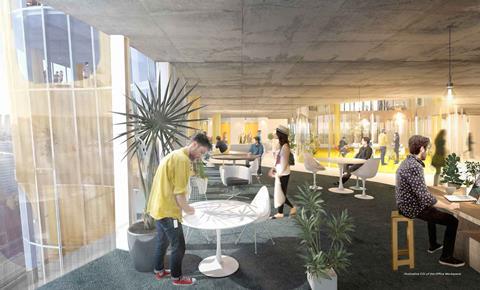
“He considers the design to be a thoughtful attempt to respond to the challenges and opportunities of the site but, due to its scale, he disagrees with the inspector that it is a significant benefit of the scheme.”
The site of the Chiswick Curve – known as Chiswick Tower by SEW – is where the capital’s North Circular and South Circular roads meet with the M4 flyover and has a long planning history.
LOM won permission for a 13-storey office building named The Citadel in 2002 after earlier seeing proposals for a 26-storey office building named “The Pinnacle” called in by the secretary of state in 2000. That scheme was subsequently withdrawn.
Make Architects’ offbeat LED-wrapped “Octopus” office building was consented for the site in 2011, only for the 10-storey structure to be dropped when the developer line-up changed.
Developer Starbones has just under six weeks to challenge Brokenshire’s decision at the High Court, should it want to.









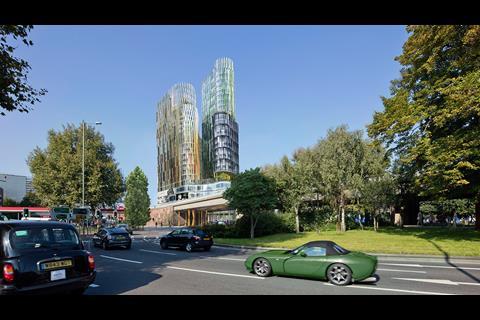
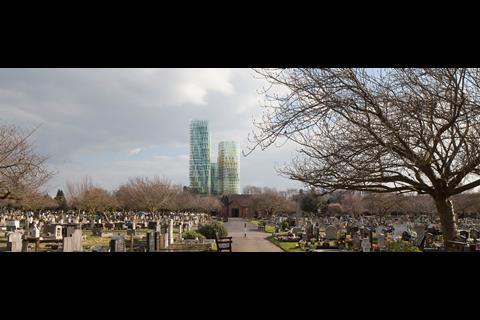








1 Readers' comment